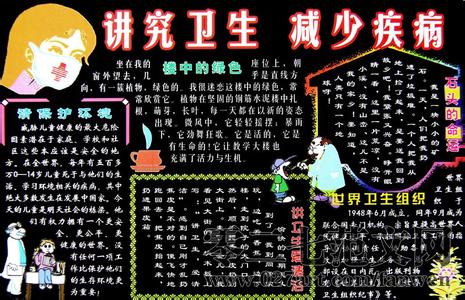5.12国际护士节历年主题
1988年主题:“母亲安全(Safe Motherhood)”。
1989年主题:“校园健康(School Health)”。
1990年主题:“护士与环境(Nurses and Environment)”。
1991年主题:“心理健康-护士在行动(Mental Health - Nurses in Action)”。
1992年主题:“健康晚年(Healthy Ageing)”。
1993年主题:“质量、成本与护理(Quality, costs and Nursing)”。
1994年主题:“健康的家庭才有健康的国家(Healthy Families for Healthy Nation)”。
1995年主题:“女性健康:护士铺平了道路(Women’s Health: Nurses Pave the Way)”。
1996年主题:“护理研究提高健康水平(Better Health through Nursing Research)”。
1997年主题:“健康的年轻人=更光明的未来(Healthy Young People = A BrighterFuture)”。
1998年主题:“社区健康伙伴关系(Partnership for Community Health)”。
1999年主题:“庆祝护理人的过去,宣告未来(Celebrating Nursing’s past, claiming thefuture)”。
2000年主题:“无论何时何地-护士永远为你服务(Nurses, Always There for You)”。
2001年主题:“无论何时何地-护士永远为你服务:联合反对暴力(Nurses, Always There forYou: United against Violence)”。
2002年主题:“无论何时何地-护士永远为你服务:关爱家庭(Nurses Always There for You:Caring for Families)”。
2003年主题:“护士:反对歧视AIDS 关爱全人类(Nurses: Fighting AIDS stigma,working for all)”。
2004年主题:“护士:携手战胜贫困(Nurses: Working with the Poor; Against Poverty)”。

2005年主题:“为了病人安全,抵制伪劣药品(Nurses for Patients’ Safety: Targetingcounterfeit medicines and substandard medication)”。
2006年主题:“护士的合理配置对拯救生命至关重要(SAFE STAFFING SAVES LIVES)”。
2007年主题:为“营造优良执业环境,提供优质护理服务(Positive practice environments: Quality workplaces = quality patientcare)”。
2008年主题:“提高社区护理品质,引领初级卫生保健( Delivering Quality,Serving communities. Nurse Leading PrimaryHealth Care)”。爱华阅读aIhUaU.com/zl/转载请保留
2009年主题:“提供高品质的产品,服务社区:护士引领护理改革创新(Delivering Quality, Serving Communities: Nurses Leading CareInnovation)”。
2010年主题:“优质护理,服务社区:护士引领长期护理 (Delivering Quality, Serving Communities: Nurses Leading ChronicCare)”。
2011年主题:“缩小差距:增加收入和公平(Closing The Gap: Increasing Access and Equity)”
2012年主题:“缩小差距:从证据到实践(Closing the Gap: From Evidence to Action)”
2013年主题:”缩小差距:千年发展目标(Closing the Gap: Millennium Development Goals)”
2014年主题:“护士:变革的力量,重要的健康资源(Nurses: A Force for Change-A vital resourcefor health)”。
2015年主题:“护士:变革的力量,高效护理与医疗成本(Nurses: A Force for Change, Care Effective, Cost Effective)”。
2016年主题:“护士:变革的力量,提高健康系统的适应性(Nurses: A Force for change: Improving health systems’ resilience)”。
 爱华网
爱华网

